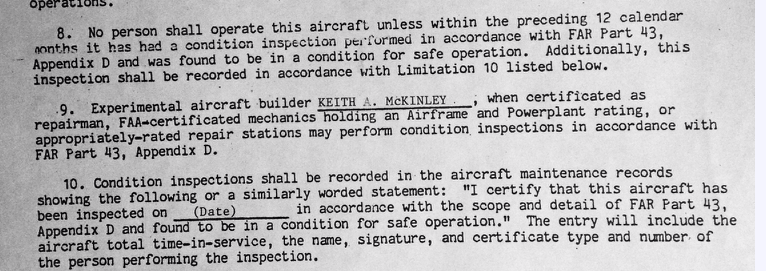Geico266
Touchdown! Greaser!
You certainly can, but if you want anyone else to understand what you're talking about, you'll stick to the ones everyone else uses, which in this case, is the one in the regulations. Otherwise, nobody can understand what you're saying or what you're asking.
Pretty sure most people here can understand what I was referring to, if not they have no business flying or chewing gum. They certainly don't need your nit picking about every phase people use on POA.
Preventive Maintenance is a phrase that goes far beyond FAA regs for god's sake. You really think the FAA invented the term and the practice? You think everything holy comes from the government. Pathetic really.
This is just a diversion from the facts of the thread and experimentals. You just can't stand the fact that experimentals are inspected to Part 43.
Time for you to grab the government regs and head for the bathroom. What you do in there must be covered in the FARS somewhere.

Last edited:

 ....
....





